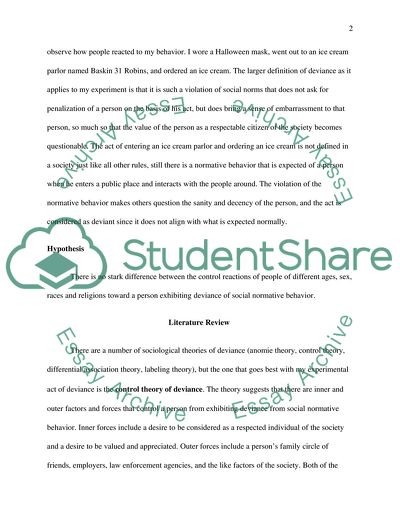Cite this document
(Deviance of Social Normative Behavior Essay Example | Topics and Well Written Essays - 2500 words, n.d.)
Deviance of Social Normative Behavior Essay Example | Topics and Well Written Essays - 2500 words. Retrieved from https://studentshare.org/sociology/1872171-writer-option
Deviance of Social Normative Behavior Essay Example | Topics and Well Written Essays - 2500 words. Retrieved from https://studentshare.org/sociology/1872171-writer-option
(Deviance of Social Normative Behavior Essay Example | Topics and Well Written Essays - 2500 Words)
Deviance of Social Normative Behavior Essay Example | Topics and Well Written Essays - 2500 Words. https://studentshare.org/sociology/1872171-writer-option.
Deviance of Social Normative Behavior Essay Example | Topics and Well Written Essays - 2500 Words. https://studentshare.org/sociology/1872171-writer-option.
“Deviance of Social Normative Behavior Essay Example | Topics and Well Written Essays - 2500 Words”, n.d. https://studentshare.org/sociology/1872171-writer-option.


